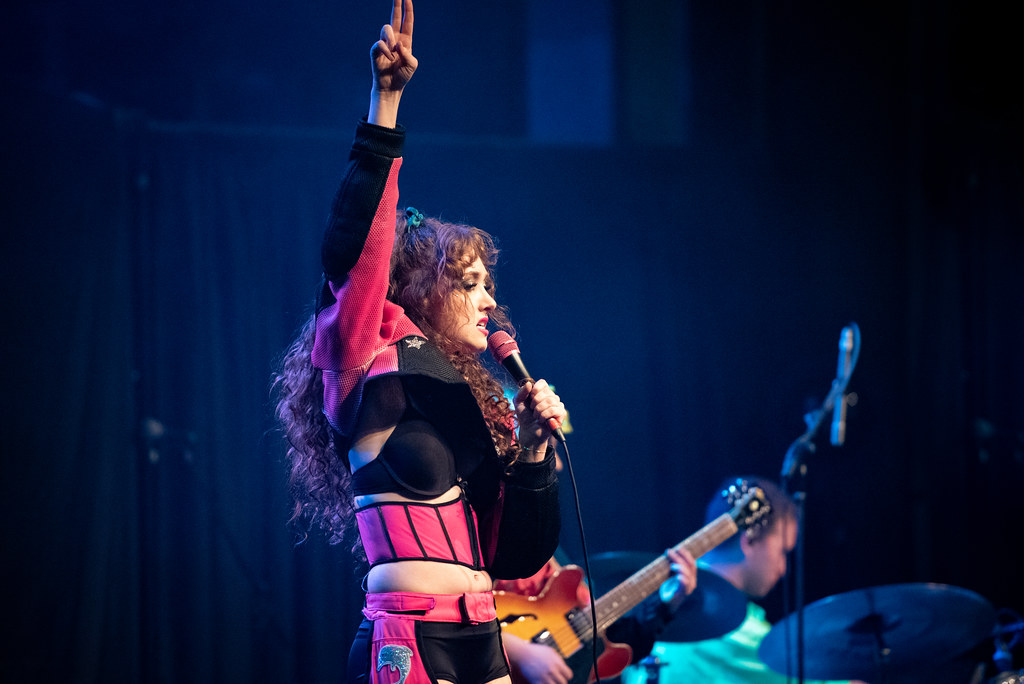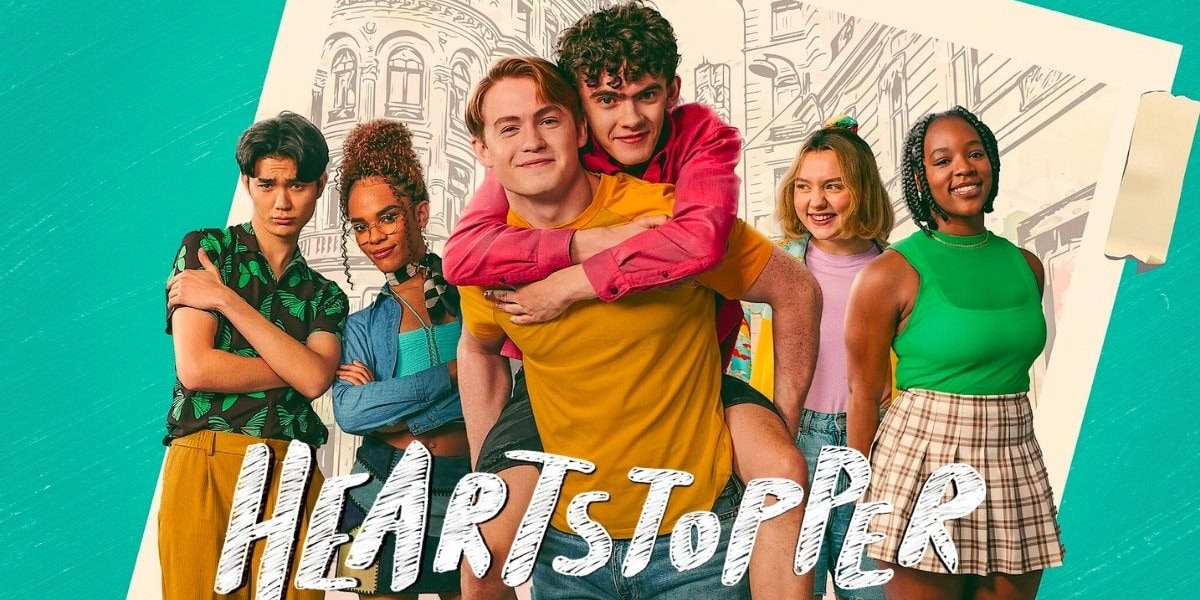After the school closures that went into effect March 13, 2020, many teenagers found themselves in a predicament. After all of their complaining about long school hours and busy schedules, students across the country found their schedules completely free while attending virtual classes. What once would have seemed like a dream come true turned out to be a moment of disillusionment, and young people flocked to the internet in search of the connection lost due to COVID-19.
It’s common sense that internet usage would undergo a significant increase due to the pandemic. According to Forbes, internet usage increased by 70%, and streaming services saw a 12% increase. More than ever, teenagers sought to find ways to connect with one another and cope with the effects of the pandemic through escapism. Thanks to these unique circumstances, and Netflix’s deal with Nickelodeon, teenagers found their rescuer in Avatar the Last Airbender.
Avatar the Last Airbender is a children’s show following the adventures of Aang, a twelve year old monk who has the ability to manipulate, or control, the four elements of water, earth, air, and fire. The creators of the show, Michael Dante DiMartino and Bryan Konietzko, imagined a world similar to ours but with the added element(s) of bending to illustrate their message about colonization and the illusion of separation. The show’s combination of Eastern inspired mythos, imaginative world-building, and multidimensional characters captivated audiences back in the 2000s and again in 2020 with Netflix’ induction of the show in anticipation of a live action remake.
The show’s premise is centered around Avatar Aang – the only person in the world able to harness the powers of all four elements – and his friends Katara and Sokka on their mission to take down the imperialistic Fire Nation’s ruler Ozai. In the Avatar universe, the Fire Nation wiped out Aang’s people, the Air Nomads, around the time Aang was frozen and preserved in an iceberg, aroused by siblings Sokka and Katara one hundred years later. They then set out to help Aang perfect the bending of all four elements and prepare to fight Ozai, while being pursued by the exiled Fire Nation Prince Zuko and his uncle Iroh.
Like many shows that have experienced a revival thanks to streaming services, Avatar dominated conversation among young adults within the first several weeks of its Netflix debut. The show grossed number one on Netflix’s top ten series list on May 19, four days after its release and continued to rank as the most popular show or movie on Netflix for the week of May 14 21. Young people find the show’s discussions about imperialism, colonialism, propaganda, etc. especially relevant at the time, with the prevalence of the Black Lives Matter and other minority led movements.
While the show is very much emblematic of World War II, the show’s successor, The Legend of Korra, tackles more post-World War II problems and the evolution of the avatar’s role in the ever evolving universe. It is needless to say that both series seamlessly integrate important messages about colonialism while maintaining the playful tone of a children’s show, with plenty of action pact martial arts fight scenes that introduce American audiences to Eastern cultures. Fans flocked to online platforms like TikTok to praise the series, helping bolster the series’ popularity.
COVID-19 has certainly served as a turning point with a drastic change in everyday life. Now, more than ever, teenagers are finding refuge in escapism, and although it takes different forms for different people, many found comfort in Avatar the Last Airbender to deal with the many challenges brought about in 2020 while holding on to their youth.














